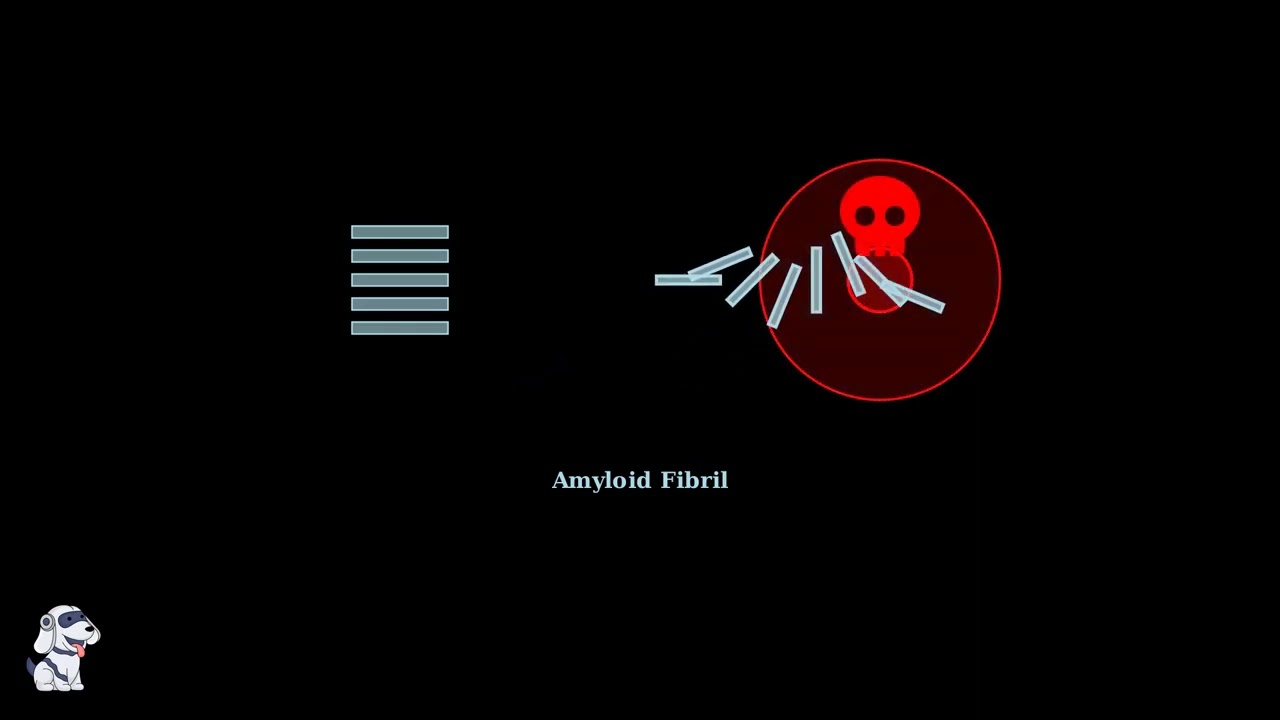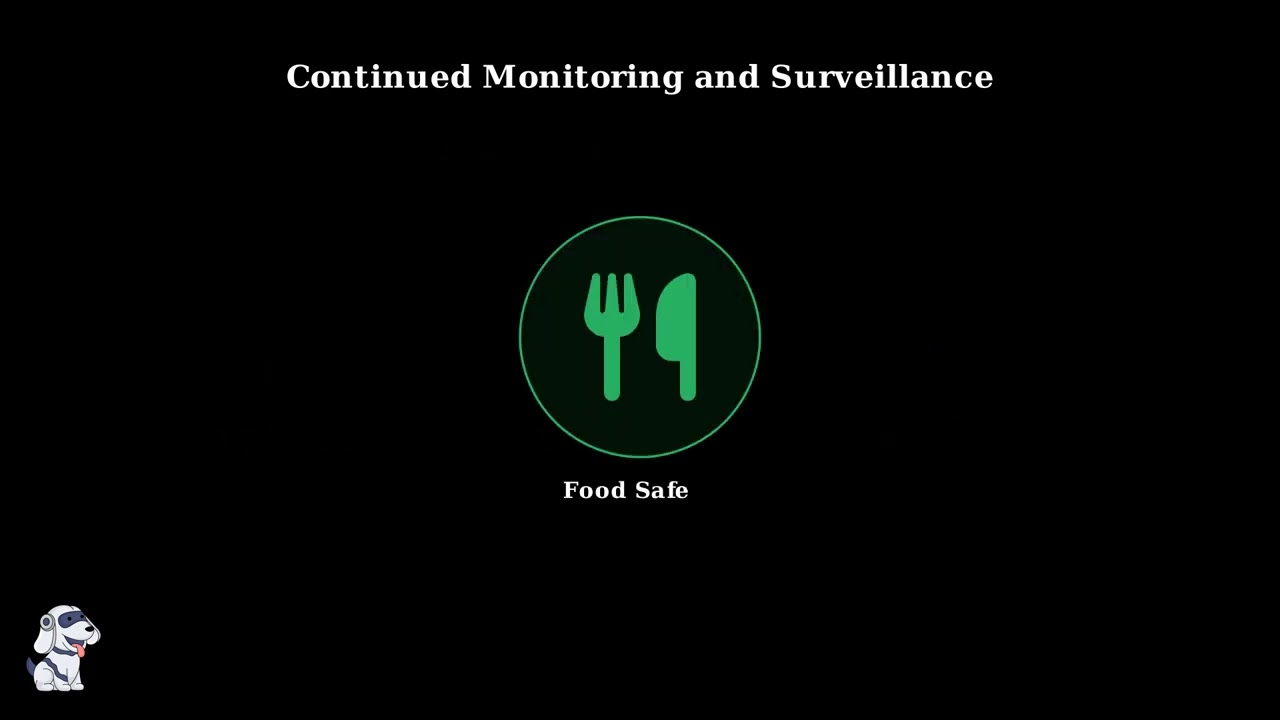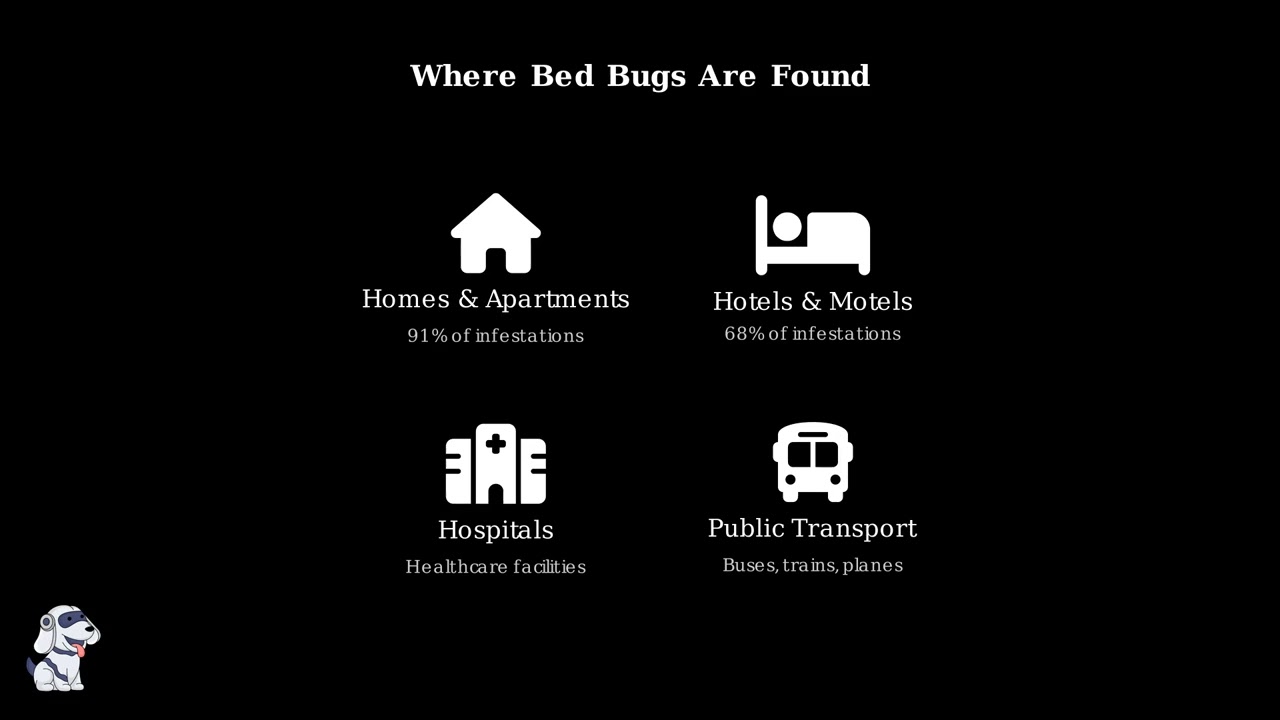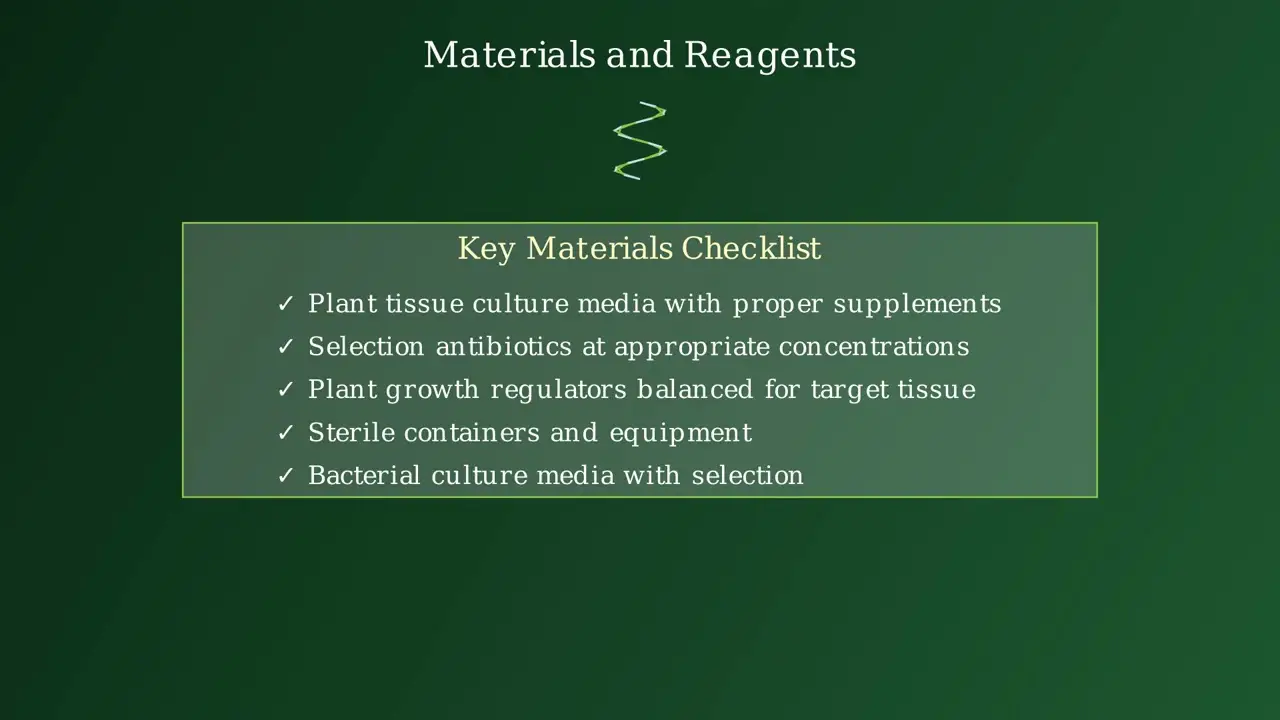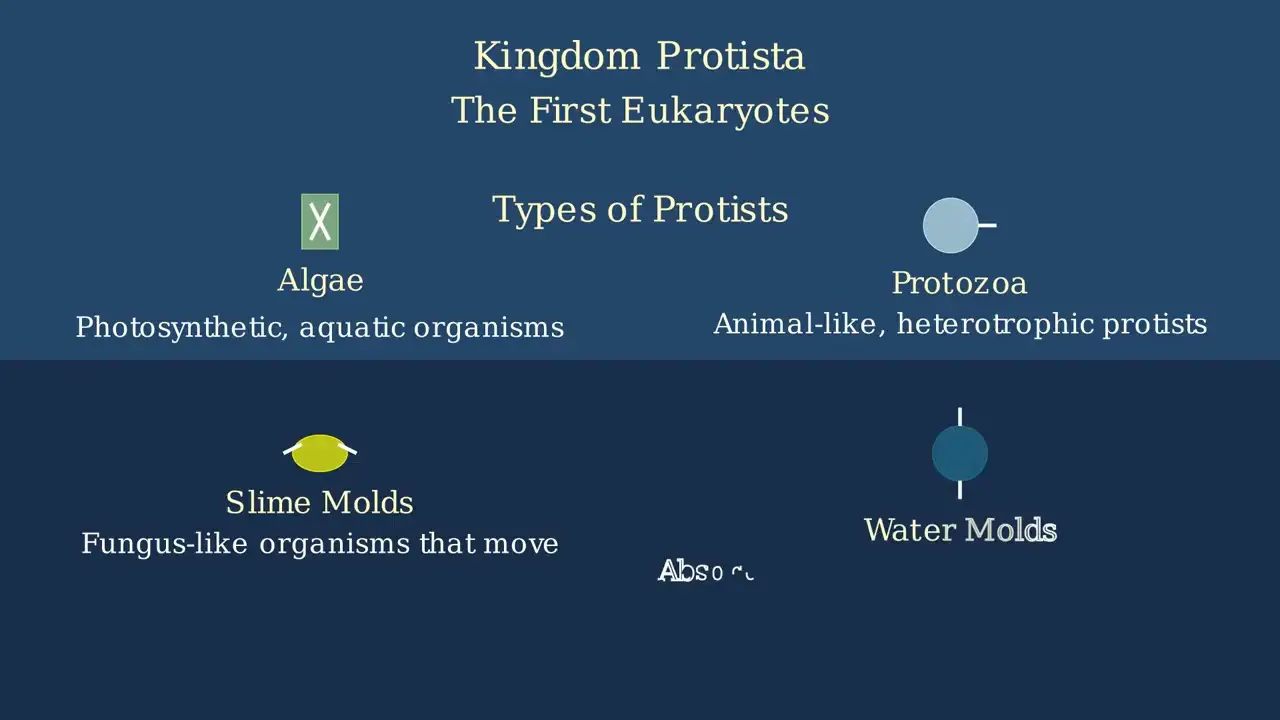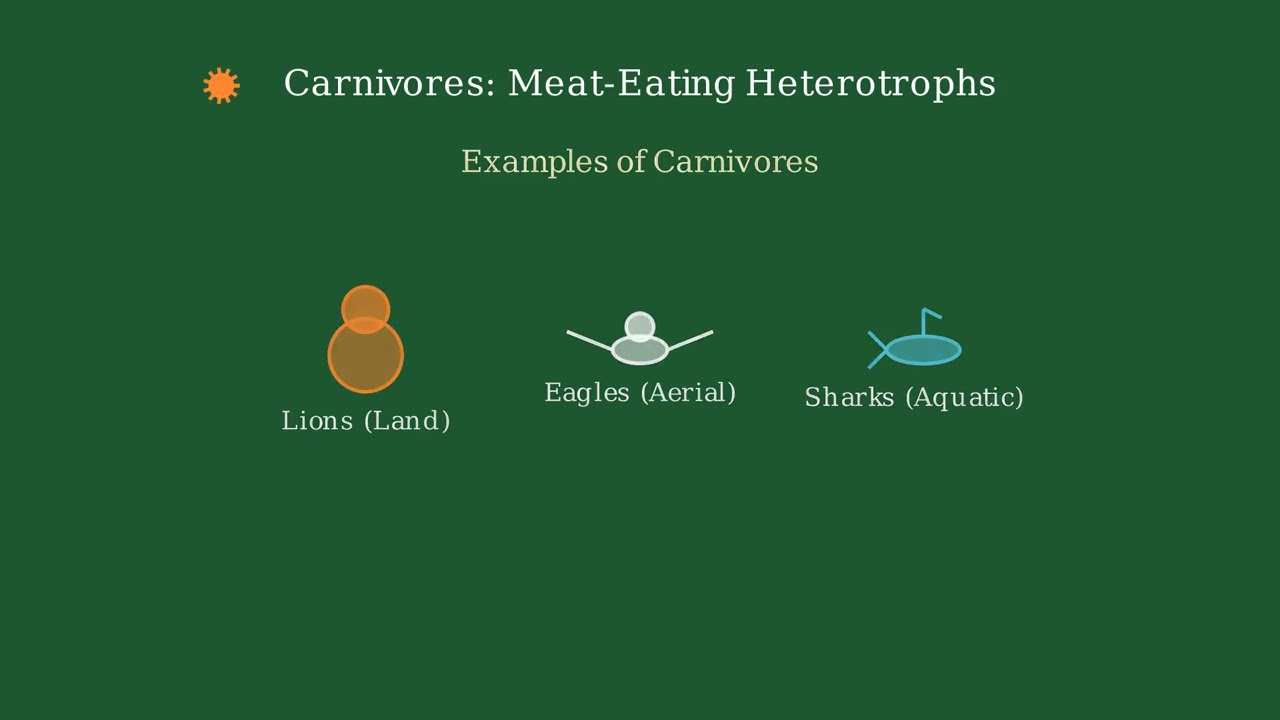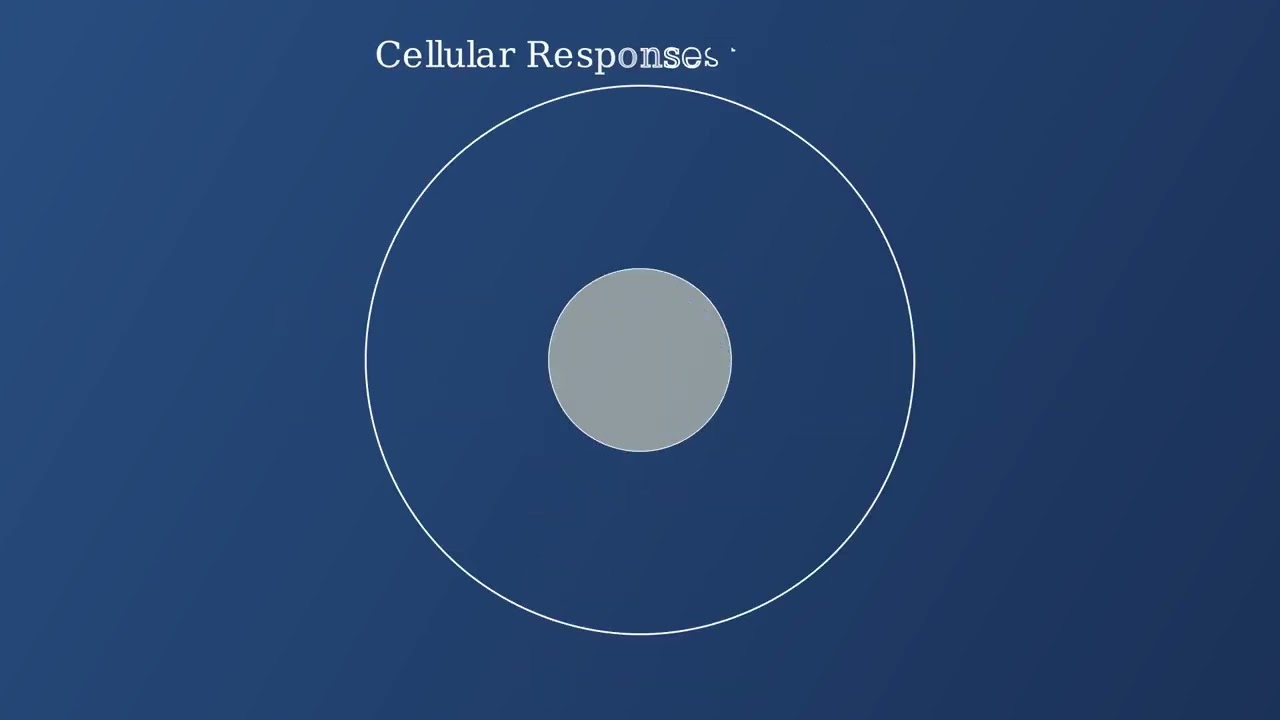Prions Explained: Structure, Replication, and Diseases
Hey everyone! Today we’re diving into the fascinating world of prions. So what exactly is a prion? Simply put, a prion is a misfolded protein that can cause other normal proteins to misfold too. It’s like a troublemaker that convinces good proteins to become troublemakers as well. Let me show you the difference. Here’s a … Read more
